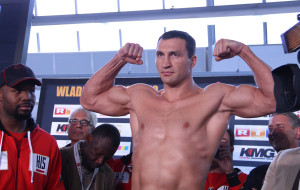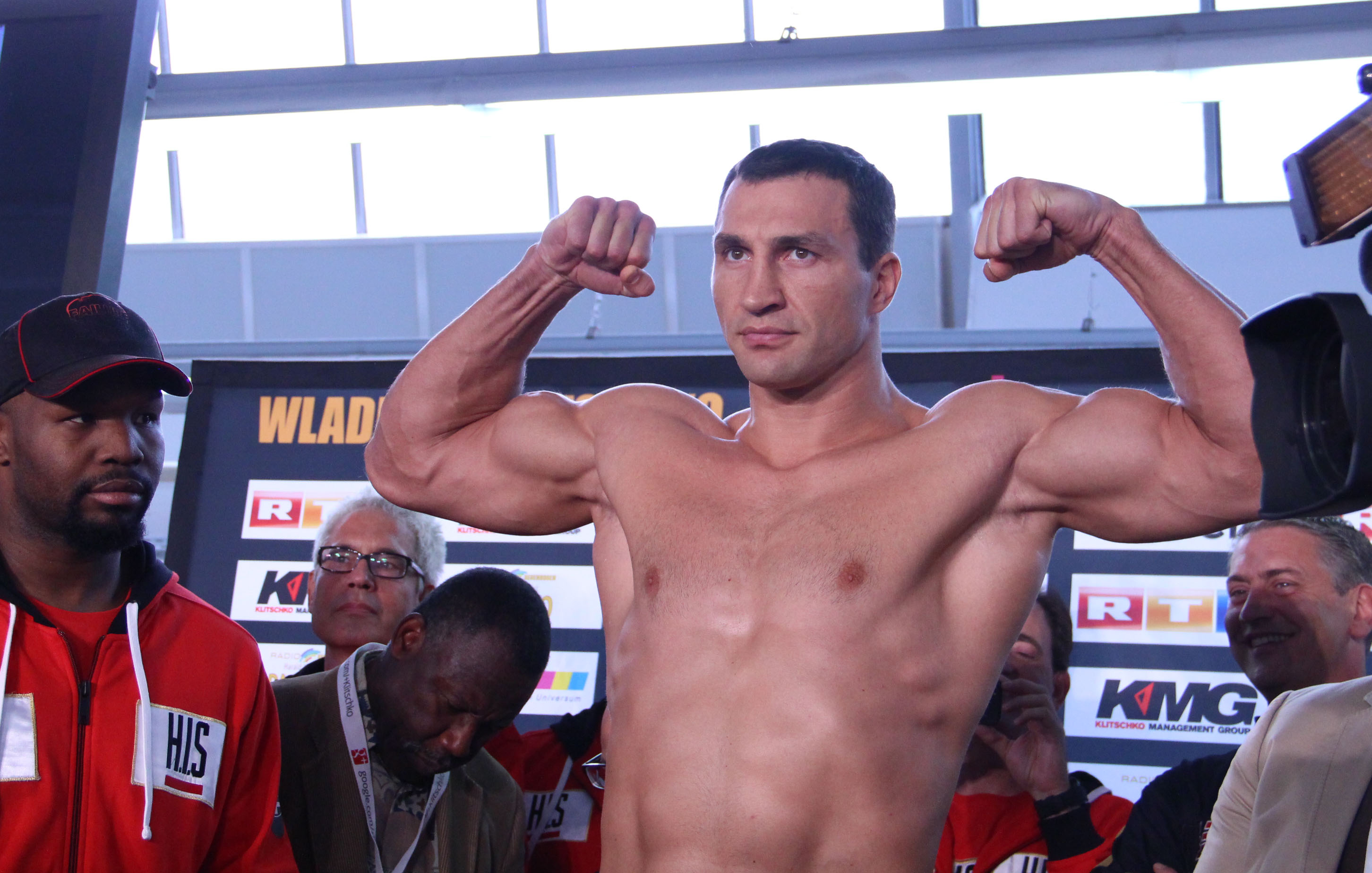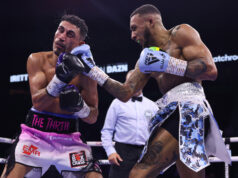In his recent column about measuring the pros and cons of Wladimir Klitschko’s legacy, Scott Levinson spent a great deal of time weighing the issue of dominance against quality of opposition. In Levinson’s mind, there is a clear paradox there: how can the contenders of a division look good with a dominant champion looming over them? How do you know if the contenders are really that weak, or if the champion is really that strong?
There are a number of ways to get at the root of that question, and I addressed one of them in my own article comparing Klitschko to Larry Holmes. Because Holmes entered the heavyweight title picture during the last quarter of the heavyweight golden age, we have a fairly clear idea of how he would have stacked up in that far better era.

While we don’t need to evaluate Holmes purely on his dominance over the “Lost Generation of Heavyweights,” nonetheless there is a way to evaluate the merits of that later domination as well, and we can apply that model to Wladimir Klitschko. It’s a question of focus: how does the division look without the dominant champion as part of the equation. In other words, how do those contenders fare against each other? Is the division healthy? This is exactly the same standard one would apply whether there were a dominant champion or not.
If a division is healthy, but ruled by a dominant champion, then there should be a clear hierarchy in the weight class. At the top is the dominant champ; beneath him are two to four strong contenders who have been whipped by the dominant champ, fight highly competitive bouts with each other, and whip all of the lower tier contenders; and beneath them are the lower tier contenders, who whatever they do can’t threaten either the dominant champ or the few boxers ranked just beneath him. A weak division, on the other hand, has nothing but lower tier contenders.
For an example of a strong division ruled by a dominant champ, look no further than the modern super middleweights. Andre Ward is the top dog by a mile, and everyone knows it. Yet this doesn’t change the fact that Carl Froch and Mikkel Kessler are still Hall of Fame material, and everyone knows that too. Beneath them are scads of lesser guys, like Lucian Bute, Arthur Abraham, Robert Stieglitz, and so on, guys who could more or less beat each other on any given day, but not Froch, Kessler, and Ward.
Klitschko’s heavyweight division looks nothing like that. The closest thing to a sub-dominant champ like Kessler and Froch is his own brother, Vitali, who suffers from the same problem of trying to look good ruling a division full of misfits and second-raters. John Ruiz, David Haye, or Alexander Povetkin are simply not comparable to Carl Froch and Mikkel Kessler in terms of relative merit (or Archie Moore, Ezzard Charles, and Jersey Joe Walcott for that matter).
So yes, you can have a dominant champ and still have a division that is obviously and clearly very strong. And yes, while Wladimir Klitschko is the clear, dominant champion, he also just as clearly rules over a heavyweight division as weak or weaker than the infamous Lost Generation of the 1980s.











